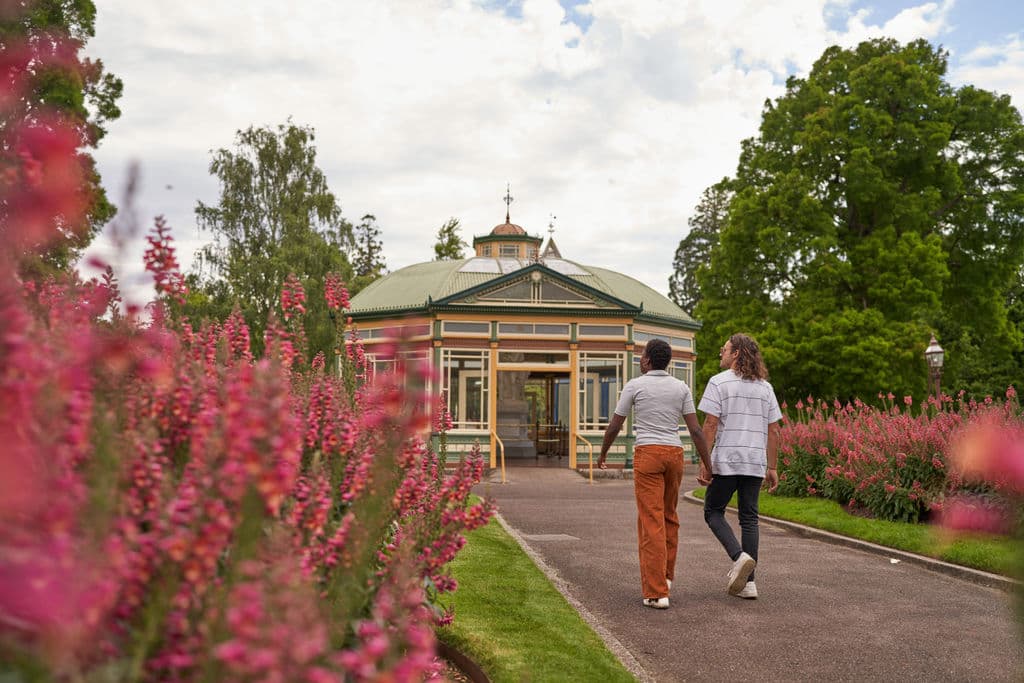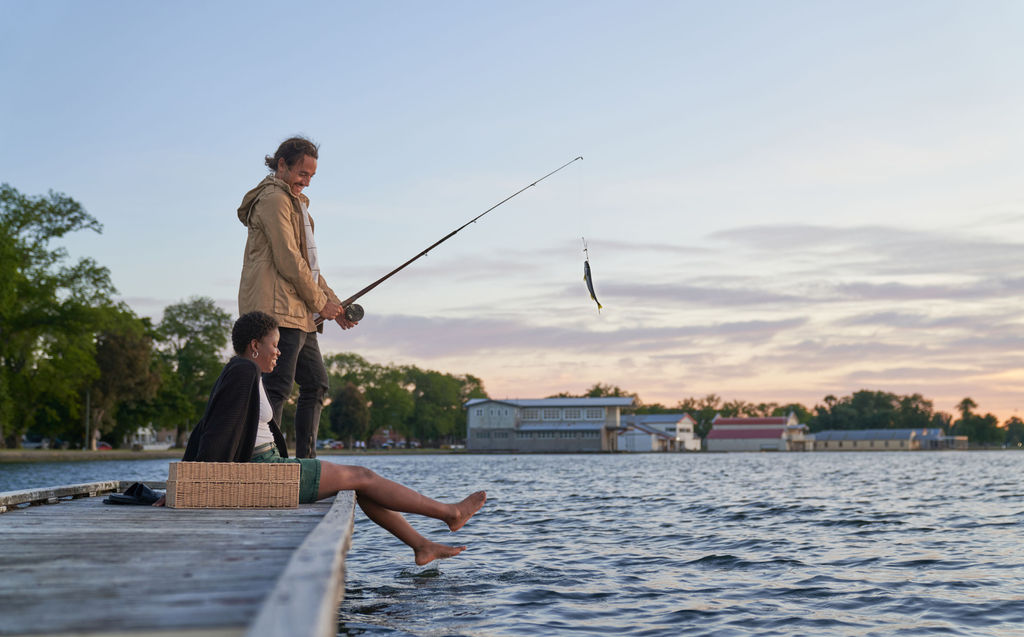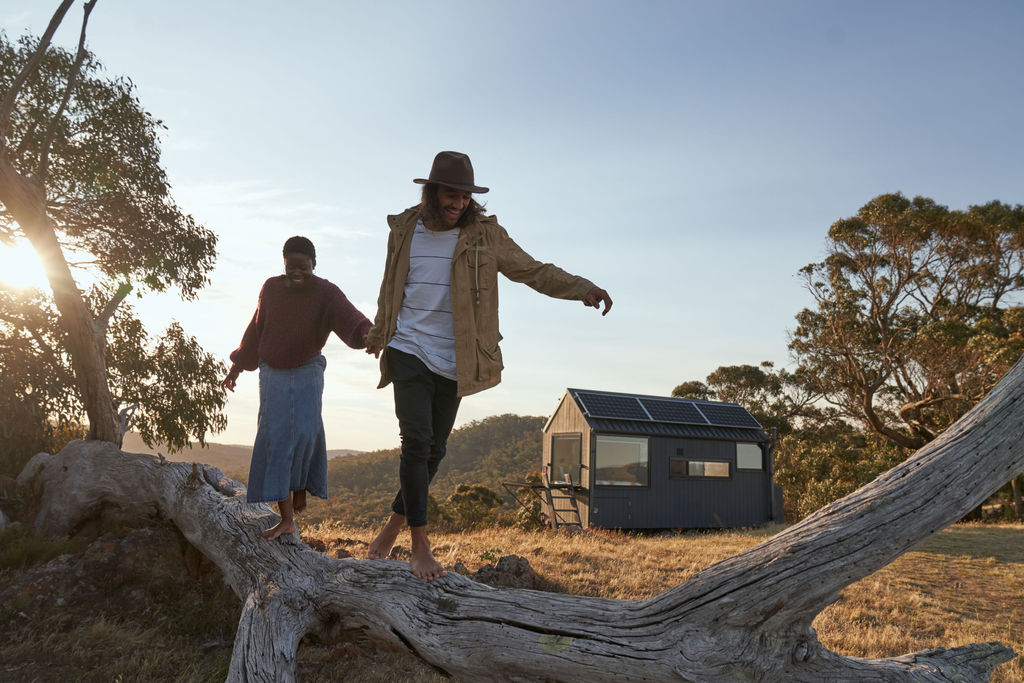The Ballarat Botanical Gardens are a wonder in their own right, glowing with vivid florals, rich history and stunning surrounds.
But there's so much more than meets the eye to one of the state's oldest botanical gardens.
It used to be a police horse paddock
Before the discovery of gold, Ballarat was an isolated squatter settlement and the Ballarat Botanical Gardens were used as the police horse paddock.
With the advent of the gold rush came wealth and resources and as Ballarat transformed into the world’s richest urban area, so too did the horse paddock transform into the opulent gardens.
Garden works progressed under the guidance of the committee of management and the 1860s saw the establishment of the principal tree plantings that still give the gardens their unique character and grandeur.

The fernery is more than 100 years old
In the prosperous 1880s, the gardens were significantly improved and, in 1884, the gothic-like Batten Fernery was established.
The fernery was extended in stages until its completion in 1898, when it became a uniquely Ballarat structure with an outstanding fern collection, cool grottos and fish ponds.
The rock-walled lily pond on the south side of the fernery was constructed in 1916.
Hundreds of ferns are now on show in the newly-restored fernery, which boasts a steel-framed replica of the original 1884 entrance.
Inspired by 19th century garden design, the fernery forecourt is designed around the historic Claxton Fountain.
It features paving patterned in the shape of fern frond leaves, along with timber and bluestone seats.
It was once home to the Ballarat Zoo
In 1912, former Ballarat citizen Henry Ben Jahn died in his native Germany and left his entire estate of 10,000 pounds to the Ballarat City Council for the purpose of establishing a menagerie in the Ballarat Botanical Gardens.
Two of the roads along the current North Gardens — Nursery Drive and Zoo Drive — are a legacy to the zoo, which was in operation from 1917 to 1959.
Walk through the gardens and you will still see some of the historic 1940s concrete structures which are remnants of the animal enclosures.
It features Australia’s only avenue of Prime Minister busts
The Prime Ministers Avenue is a feature of national significance.
It is a collection of bronze Prime Minister busts mounted on polished granite pedestals and housed along the magnificent Horse Chestnut Avenue of the gardens.
The collection includes a portrait of one of the founding fathers of Federation, Alfred Deakin, who was the first Federal Member for Ballarat and the second Prime Minister.

It houses a large selection of authentic Italian statues
Wealthy Ballarat citizen Thomas Stoddart bought 12 marble statues during a visit to Carrara in Italy and gave them, together with Sicilian marble pedestals, to the citizens of Ballarat.
The statues were unveiled by the Governor of Victoria in the Ballarat Botanical Gardens on Empire Day 1884, with thousands of spectators travelling from Melbourne.
In 1888, a second collection of statues was bought for the gardens following a bequest from another Ballarat citizen, James Russell Thompson.
Consisting of five large marble statues housed in the Statuary Pavilion and a large statue of Scottish hero William Wallace, the statues greet visitors at the entrance to the gardens.




